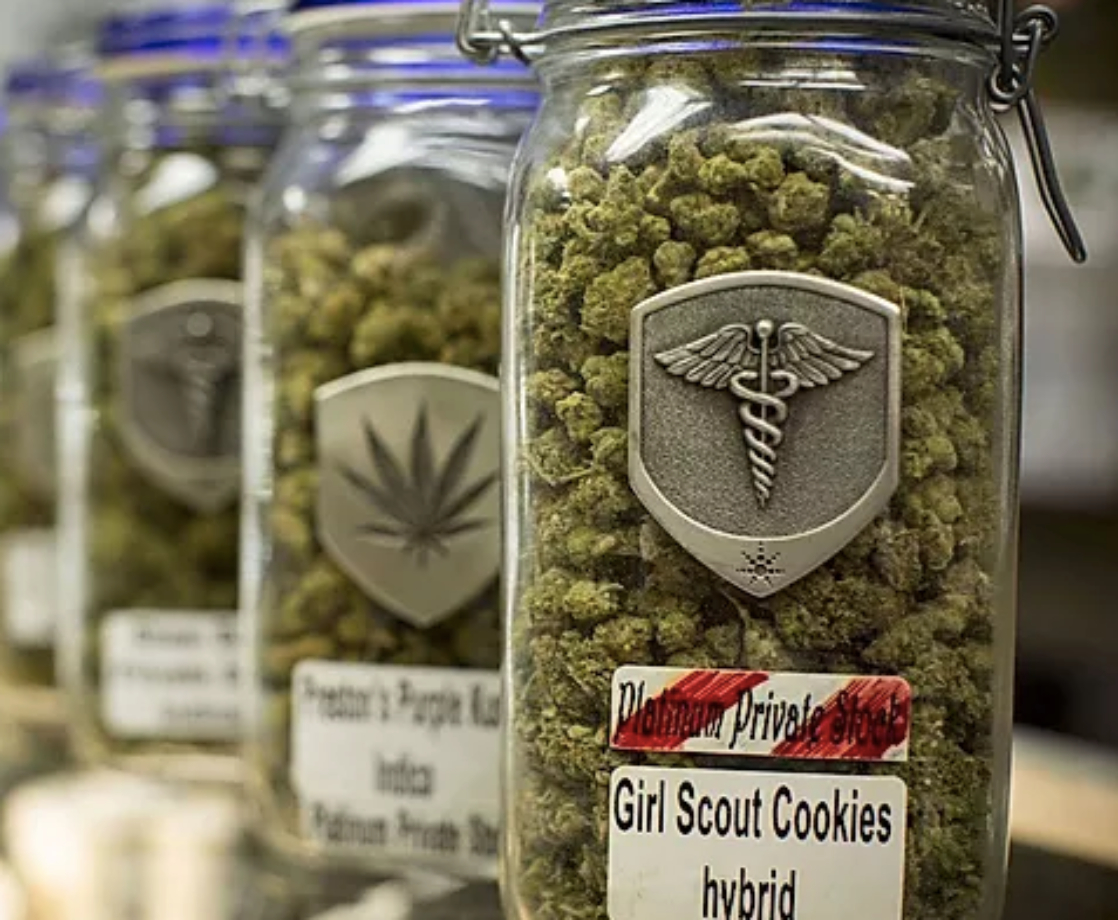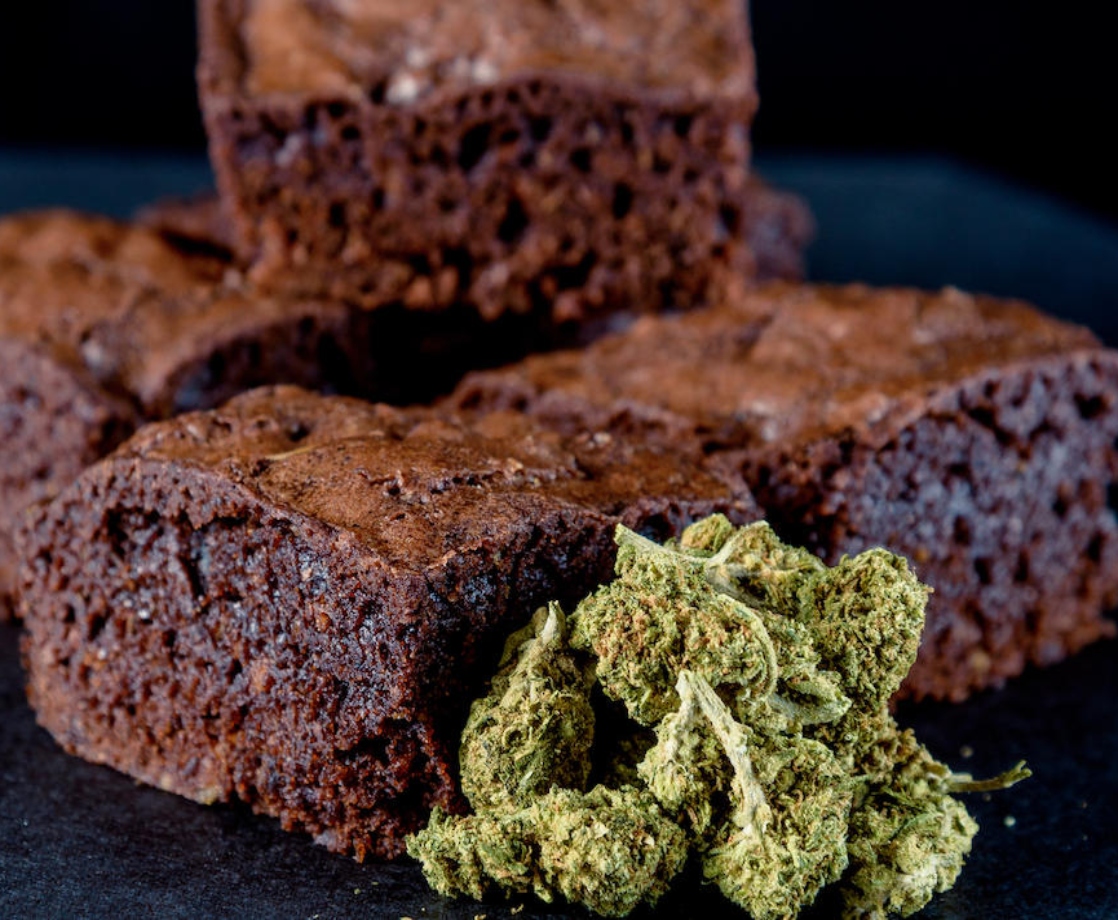The vast majority of patients enrolled in Pennsylvania’s medical marijuana program are paying more than $200 a month for their medicine, according to a new survey conducted by the state Medical Marijuana Advisory Board.
Last month, the advisory board asked patients and caregivers enrolled in the state’s medical marijuana program to answer an anonymous 13-question survey. Over 3,200 people responded to the survey, which asked patients how much they spent on medical cannabis per month; what forms of product they preferred; and if they were satisfied with the product selections at their local dispensaries. This week, the board held a meeting to present the survey’s preliminary findings.
More than half (59 percent) of all respondents reported paying $200 a month or more for their medicine. Nearly 20 percent paid between $200 and $299 a month, over 21 percent paid between $300 and $499 a month, and 14 percent paid between $500 and $1000. Less than four percent of patients said they actually forked over more than $1,000 a month. On the lower end, about a quarter of all patients paid between $100 and $199 per month, and almost 16 percent paid less than $100 a month.
The survey also asked patients who recently stopped using medical marijuana to explain their reasons for doing so. Over 61 percent said they quit because they could not afford the high costs of their medication. Around 44 percent said they were unable to find a consistent supply of the specific products that they needed, while nearly 42 percent said they stopped because medical marijuana is not covered by health insurance. Nearly 22 percent said they quit over fears that their medical marijuana use would get them in trouble with the law.
Pennsylvania legalized medical cannabis in 2016, but the state’s first legal dispensaries did not open their doors until two years ago. At that time, only 4,000 patients had been approved by doctors to participate in the program, but since then, the industry has been in a constant state of growth. Last summer, the state approved anxiety and Tourette’s syndrome as qualifying conditions, bringing the total number of conditions up to 23. By November, the state had enrolled over 147,000 patients and surpassed over $500 million in sales.
The survey found that out of all 23 qualifying conditions, nearly half (45 percent) of all patients are using medical marijuana to treat symptoms of intractable or chronic pain. And even though it is new to the list, anxiety has already become the second most popular qualifying condition, with nearly 15 percent of respondents using it for this purpose. PTSD came in at third most popular, at over 12 percent, and patients using cannabis to treat symptoms of cancer or neuropathies were nearly tied at between 6 and 7 percent.
When asked whether they were satisfied with the selection of products at local dispensaries, around half of the respondents said yes. A little more than 10 percent said they were very satisfied with the products on offer, and 35 percent said they were somewhat satisfied. Around 45 percent said they were either slightly or very dissatisfied with the selection available, however.
State Department of Health spokesperson Nate Wardle said that the survey highlighted the importance of increasing the affordability and accessibility of the state’s medical cannabis program. “We believe that the growth of our grower/processors, and also the increase in their capacity, will help with accessibility to the various strains and products that people are looking for,” he told LancasterOnline. Wardle also noted that the price of dried flower has decreased from $140 in August 2018 to $118 today, and the price is expected to fall even further as the state approves additional growers and processors.











